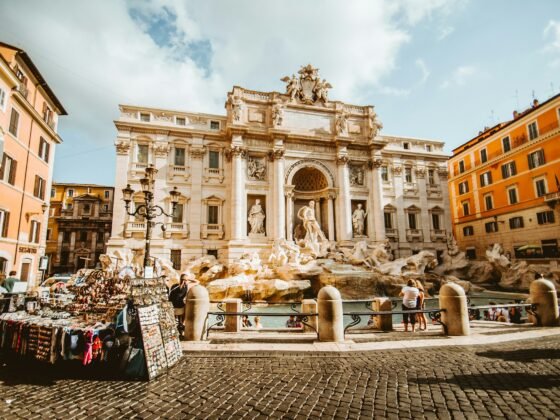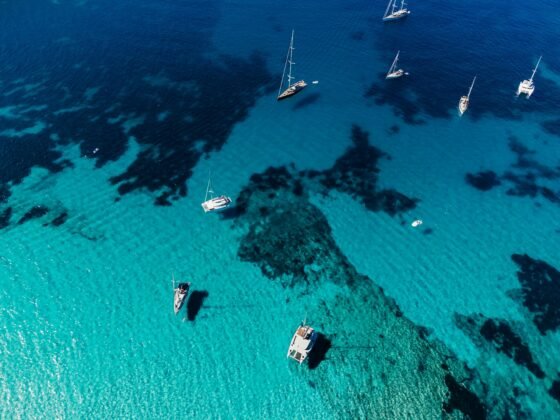History of the Rio Carnival
Long ago in ancient Greece and Rome, people celebrated the coming of spring and the end of the harsh, dark winters. They gave thanks for the renewal of the earth through dance and the wearing of costumes.
It was in the 1850s when the bourgeoisie from Paris began holding balls in which attendees dressed in costume and danced to the music of Paris in the dance halls of Brazil.
The Portuguese soon adapted these balls to their own tastes, playing their traditional music and dancing in the streets. Role playing was popular; there were cross dressers, aristocrats dressing as commoners, and poor dressing as royalty. The idea was to drop class differences during these festivals each year. Even the slaves were free for the three days of carnival each year. Elements of African and Amerindian cultures were integrated as time went on.
Soon the festivities included competitions and parades, with grand orchestras that included drums and a myriad of other instruments.
Today the carnival at Rio is known worldwide as one of the biggest and best parties around.
Music
Until the late 1800s, carnival music was more of the European variety. Through the last hundred or so years, however, the Portuguese working class developed their own music, mostly in the style of samba. The drum beats and addicting rhythm of the music entices everyone in the crowds to dance.
Samba Schools
Today, most every neighbourhood has its own samba school. These are neighbourhood social clubs whose main goal each year, despite the devastating poverty of some of the neighbourhoods, is to create the best possible pageant for the samba parade. They spend all year picking their themes, practicing their dances, designing and sewing their costumes, and creating their float, each hoping to win the annual competition at the end of the parade that is the climax of the carnival season.
Today there are more than 200 samba schools across Brazil. There are five leagues, or divisions, of samba schools, each with members who have a geographical or other common background. They are referred to as co-sisters.
Samba Schools Follow This Order in the Parade
They begin with the comissao de frente, or the first wing. There are only ten to fifteen people in this wing. They are responsible for a short play that introduces the school and sets the mood.
Next is the first float, or the abre-alas. This float usually carries the porta-bandeira and the mestre-sala or the queen, who is in charge of the flag, and her attendant, who’s role it is to draw attention to her. The floatees are people who ride on the floats wearing elaborate costumes. The main floatee rides on top of the float and dances and sings throughout the parade.
The ala das baianas wing, a favourite of many, consists of a minimum of 100 females who march with the floats.
Endless Parties
The parade is one of the main events of the carnival, but it is not the only event. During the four days of festival there are parties going on almost non-stop. Streets all over Brazil are filled with music and dancing. The masked and costumed party goers flit from event to event throughout the carnival days, or simply party in the streets. The atmosphere is one of abandon and unending good times.










